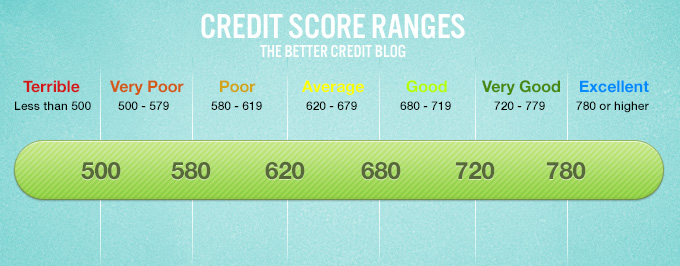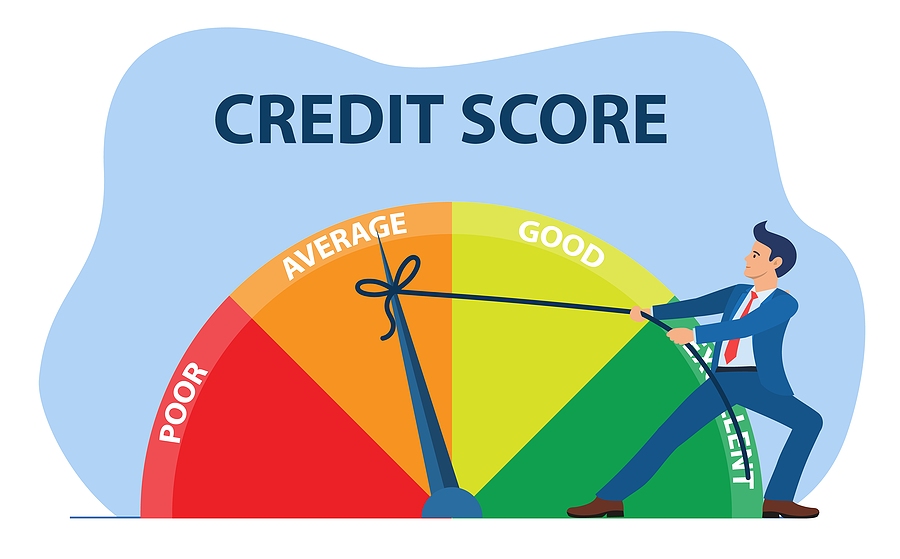

Individuals in this range often have difficulty being approved for new credit. Lenders may consider them higher-risk, and they may have trouble qualifying for new credit. Individuals in this category are often considered “subprime” borrowers. Lenders generally view those with credit scores of 670 and up as acceptable or lower-risk borrowers. Individuals in this range have demonstrated a history of positive credit behavior and may have an easier time being approved for additional credit. They may have an easier time securing a loan than borrowers with lower scores. Individuals in this range are considered to be low-risk borrowers. However, most credit score ranges are similar to the following: There's more than one credit scoring model available and more than one range of scores. Within that range, scores can usually be placed into one of five categories: poor, fair, good, very good and excellent. Lenders may also use your credit score to set the interest rates and other terms for any credit they offer.Ĭredit scores typically range from 300 to 850. Potential lenders and creditors look at your credit score as one factor when deciding whether to offer you new credit. Credit ranges vary based on the scoring model used to evaluate them.Ĭredit score is a three-digit number designed to represent your creditworthiness, or how likely you are to repay a lender on time.There's no “magic number” that guarantees you loan approval or better interest rates and terms.

Credit scores are three-digit numbers designed to represent the likelihood you will pay your bills on time.


 0 kommentar(er)
0 kommentar(er)
